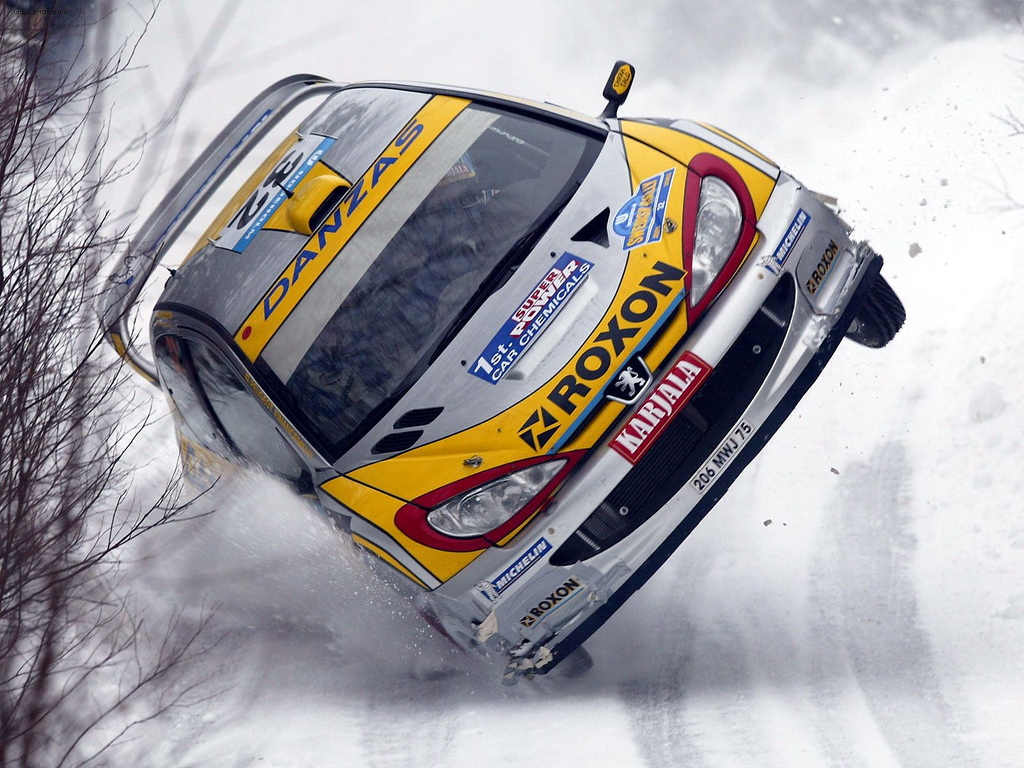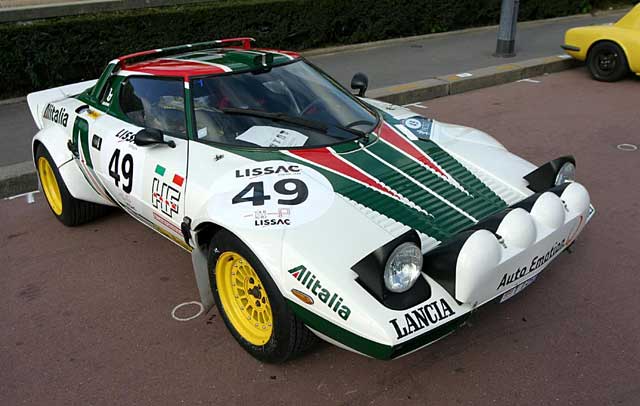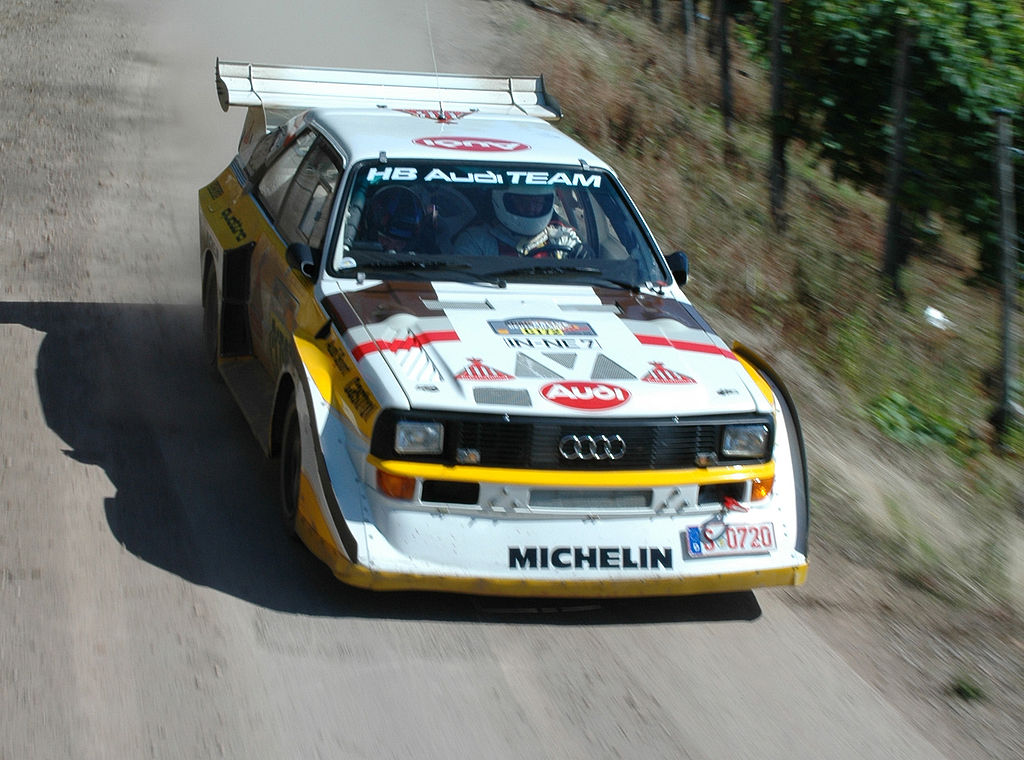Rally is a form of motorsport that takes place on public or private roads with modified production or specially built road-legal cars. It is distinguished by running not on a circuit, but instead in a point-to-point format in which participants and their co-drivers drive between set control points (special stages), leaving at regular intervals from one or more start points. Rallies may be won by pure speed within the stages or alternatively by driving to a predetermined ideal journey time within the stages.
Credit: Wikipedia

(Peugeot 206 WRC image credit Christopher Batt)
The first forms of rally arose with the creation of cars, and has since become an extremely popular racing sport, now with hundreds of millions of fans around the world. Events have been held on all populated continents, ranging from open to all to races for grand prices of cash and trophies. These races may be just a few miles from start to finish, but some rallies can last several months and tens of thousands of miles all around the world. These endurance races test navigation, performance, and reliability of the cars and their drives. Events have also started to include truck and motorcycle racing.

(Lancia Stratos image credit Wikipedia)
What makes rally different from other car races is that the cars used are all street legal, with most being modified consumer cars. The base cars could be bought for the same price of other vehicles available, but rally teams would spend hundreds of thousands of dollars modifying the car and it’s components. Eventually, car manufacturers starting producing cars purpose built for rally. Some notable models include the Lancia Stratos, the Mini Cooper S, the Ford Escort RS1600, and the Audi Sport Quattro S1. The World Rally Car association, which holds several of the most famous rally championships, has certain requirements which cars must follow to be able to compete.

(Audi Quattro image credit Wikipedia)
There are two main forms of rallying: stage and road rallies. Larger competitive events are generally stage rallies, where roads are closed to traffic. The classic style, road rallies, are on roads open to traffic, are are usually hosted by smaller clubs and open to all. Both may have vehicles go off-road on gravel, sand, or dirt. Courses for competitive rally may take place in the country side or even inside specially build stadiums, and will often contain twisting turns to test braking and steering. A co-driver will navigate and tell the driver what to expect on the course.

Spectators will see brutally powerful four wheel drive cars flying through the air down narrow dirt roads with plenty of spin outs and close calls. Drivers and their partners will have to deal with any damage sustained until they are allowed to make a pit stop, rather than the conventional method of being able to repair on their own prerogative. These unconventional races have captured the interest of car enthusiasts as well as professional companies and organizations for a very obvious reason: it pushes the limits of what a car and it’s drivers can do.